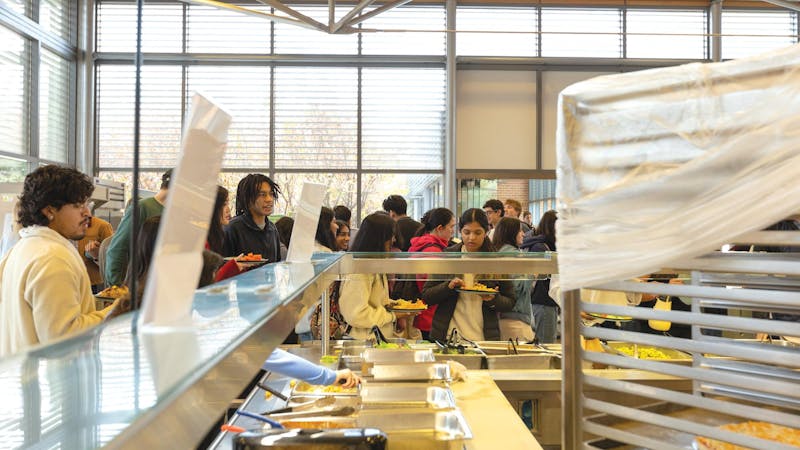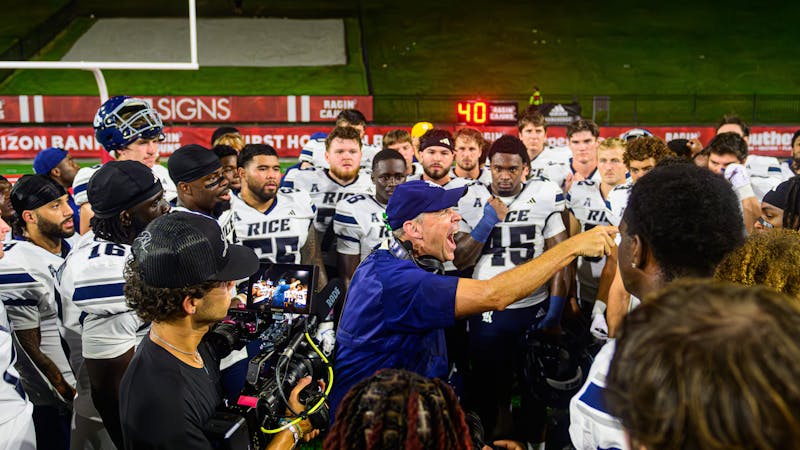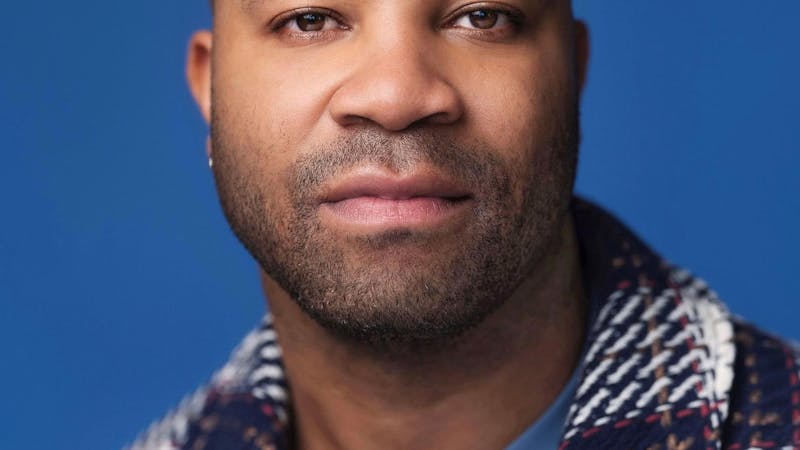Natural diversity would benefit campus
Let's have a frank discussion about the ecological desert Rice has become. I refer to the lack of native biodiversity on campus that has only increased with the new construction. The most frightening thing is that for the most part, we don't even notice the absence of life. We simply assume that shorn grass, oak trees, and fat squirrels are Mother Nature in all her glory, when in fact a healthy environment should overflow with insect, amphibian, reptilian, avian, aquatic and mammalian presence.
We could have a zoological bouquet by simply investing in a diversity of native plants, which require much less water and care than nonnative species such as the ever ubiquitous St. Augustine grass. There is actually already a botany garden on campus, hidden between the Biology and Earth Science buildings, which showcases a variety of such plants. There are also organizations such as the Native Plant Society of Houston which have huge, easily accessible online lists of beneficial native plants. Why don't we capitalize on this knowledge when landscaping new construction?
Now is an excellent time for us to replant with this sort of sustainability in mind. But there is no evidence of anything in the works to replace wild areas such as the Harris Gully Natural Area (the little thicket behind Wiess) and the overgrown land next to the observatory, much less anything to increase the ecological diversity. And let's not even talk about the palm trees next to Autry.
Investing care in our natural environment would increase campus creativity and productivity. Not only would our learning environment be more vibrant, we could study nature herself to find solutions to the problems that we face today. Think of it as a whole new "Who knew" campaign: Who knew vine tendrils spiral first clockwise and then counterclockwise to dissipate torsional stress? Who knew that without investing in native habitats for indigenous bees, the world's food economy would collapse? Historically, much inspiration has been drawn from the natural environment. After all, where would we be now if not for the apple that landed on Newton's head?
Of course, it would be unfair to criticize the University without acknowledging the care that we have given to environmental diversity. The campus vegetable gardens are a wonderful joint venture between students and faculty, strengthening our bonds with nature. The botany garden and the Wiess Grove, an area of native plantings between South Plant and Wiess, are both steps in the right direction. These are admirable beginnings, but we must not stop here. And there are already plenty of people on campus who feel this way.
What if instead of planting pretty-but-inhospitable, we planted pretty-and-functional plants? Instead of Brochstein Pavilion's monoculture beds of horsetail, native yet toxic to many species, and butterfly iris, nonnative and barren, why not include plants that provide habitat as well as beauty? Virginia sweetspire is a native shrub with fragrant white flowers in the spring, brilliant red foliage in the fall, and also provides nectar for insects. Elderberry is a hearty native small tree which is a food source for many insects and animals, producing beautiful white flowers and blackberries. But these aren't the only options. An online search will reveal hundreds of other native plants to suit the location and match the architectural style. Because of course, only planting one type of native would perpetuate the same type of mistake; every ecosystem starves without diversity.
Instead of installing and reinstalling elaborate drainage systems, why don't we go with the flow and let the area next to the pavilion become a natural wetland with a permanent reservoir of mosquito fish? All of a sudden, Monarch butterflies, ruby-throated hummingbirds and neon colored dragonflies would make this new campus hotspot even more popular. What an addition this symphony of life would make to the area!
Couch this issue in any other terms, and we would have addressed it long ago. A lack of diversity, overcrowding of the population, supporting our values as a university; all of these are catch phrases that we've read in the communiqués we regularly receive from the administration.
Rice already promotes sustainability and green living through its course work, organizations and lecturers. With our natural diversity disappearing, it is high time for us to extend that spirit to the environment around us.
Claire Krebs is a Hanszen College senior.
More from The Rice Thresher

Over 1,000 students petition against new meal plan
When Konstantin Savvon opened the Housing and Dining email announcing the new unlimited meal plan, he was instantly concerned about the impact on off-campus students like himself.

Rice football wins season opener under new coach
For the first time since 2018, Rice football opened its season with a victory. Scott Abell was soaked with yellow Powerade following a 14-12 win on the road Saturday against the University of Louisiana at Lafayette, which won 10 games and made it to the Sun Belt Conference championship last season.

Acting like an athlete: Rice basketball alum takes on Broadway
Underneath Chadd Alexander’s Broadway costume, there’s ankle tape and wrist braces — same protective gear he wore as a walk-on basketball player at Rice, though now he’s performing eight shows a week in the ensemble of “Harry Potter and the Cursed Child” instead of running conditioning drills in Tudor Fieldhouse.

Please note All comments are eligible for publication by The Rice Thresher.